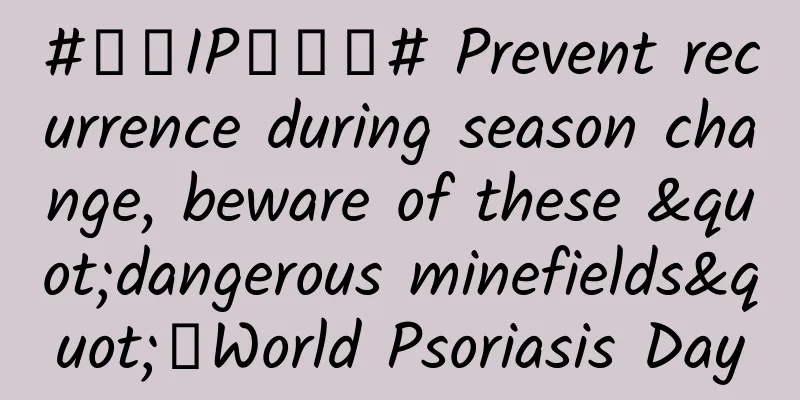Cervical precancerous lesions grade 3

|
Grade three cervical precancerous lesions are symptoms of cervical epithelial neoplasia. This symptom is divided into three levels according to the severity. Grade three is the most serious stage. At this time, cervical cancer will evolve into cervical cancer deterioration, and patients need to undergo timely surgical treatment. This disease will cause irregular menstruation and heavy menstrual flow in women. Patients should pay attention to the hygiene of the uterus and avoid sexual intercourse. Cervical precancerous lesions, now medically known as cervical intraepithelial neoplasia, are divided into three levels according to their severity. Cervical precancerous lesions are CIN, and their three levels are CIN1, CIN2, and CIN3. The third level of cervical precancerous lesions corresponds to CIN3, which is the last level of cervical precancerous lesions. If they continue to progress, they will develop into cervical cancer. Grade 3 cervical precancerous lesions are originally carcinoma in situ. The lesions are limited to the cervical epithelial tissue and belong to the benign range of cancer. There is no lymph node metastasis and blood metastasis, so the condition is relatively mild. Grade 3 cervical cancer can generally be cured by surgery such as cervical cone excision or cervical resection, but the patient must follow up throughout his life, with regular follow-up and re-examination of cervical smears and HPV. Is grade 3 cervical precancerous lesions serious? Grade III cervical precancerous lesions are relatively serious and should be taken seriously by patients. Cervical precancerous lesions CIN are divided into CIN grade I, CIN grade II, and CIN grade III. CIN grade III is also known as carcinoma in situ, which can further develop into cervical cancer. Treatment should be performed regardless of age, but there are certain differences in the treatment methods for different age groups. According to routine diagnosis and treatment, most patients need to undergo cervical cone excision, including various surgical methods such as loop electrosurgical excision and cold knife cone excision. If the woman is pregnant, she can be observed and treated after delivery. How long can you live with grade 3 cervical precancerous lesions? How long a patient with stage 3 cervical precancerous lesions can live depends on many factors, including the patient's condition, physical fitness, and treatment methods. Patients are advised to actively receive treatment and use biological therapy to treat the disease. This technology is effective and can effectively prevent the recurrence and metastasis of tumors and prolong the patient's life. In addition, the combined use of traditional Chinese medicine can effectively control the metastasis and spread of cancer cells, and can enhance the body's immune function to inhibit the growth of cancer cells without producing side effects. While treating and fighting cancer, it can enhance the body's immunity and ultimately achieve the goal of defeating cancer. It can also prevent residual cancer cells from making a comeback and eliminate recurrence and metastasis. How to treat grade 3 cervical precancerous lesions Grade III cervical precancerous lesions are relatively serious precancerous lesions, which may further develop into cervical cancer and require active treatment measures. Conventional diagnosis and treatment methods include loop electrosurgical excision procedure (LOE) and cold knife cone excision of the cervix, which are performed using an electric knife and a scalpel, respectively. The excision range and depth of the two are similar. If the patient is pregnant, observation can be adopted, with colposcopy or even biopsy every three months and monitoring until 42 days after delivery. If the lesion is still grade III, active treatment is required. Special treatment is not recommended during pregnancy. Grade III cervical precancerous lesions refer to lesions that are limited to the squamous epithelium of the cervix and have not infiltrated the cervical interstitial layer. Excision of the local lesion tissue with clean edges, active antiviral treatment, and regular follow-up are more effective in curing grade III cervical precancerous lesions. |
<<: What medicine is effective for breast cysts
>>: Will breast hyperplasia go away on its own?
Recommend
What are the reasons for a month late menstruation?
Menstruation is a headache for many women. Someti...
Can sagging breasts during pregnancy be restored?
Whether during pregnancy or breastfeeding, pregna...
What is the content of summer fire safety education? What are the A-level fireproof and thermal insulation materials?
In the case of forest combustibles and fire sourc...
How to get pregnant easily with an anteverted uterus
Many people find that they are still not pregnant...
What are the countermeasures for kidney deficiency and low back pain in women?
Kidney deficiency in women can cause symptoms of ...
Don't use hot water to wash your private parts if they itch. Treating the symptoms is the only way to cure it.
When women find their vulva itchy, how should the...
Symptoms before menstruation
Women have a few days of discomfort every month, ...
How to clean a dirty mattress? What are the ways to maintain a mattress?
Mattresses are usually made of foam, springs, and...
Can adolescents with varicocele undergo surgery?
Author: Zhang Xing, chief physician of Yangzhou T...
What is the origin story of stinky tofu? Why does stinky tofu smell?
Stinky tofu is fried in oil, and the delicious ta...
Withdrawal bleeding is dark brown
For women, there are a few days of discomfort eve...
Causes of swollen lymph nodes under the armpit in women
Lymph nodes are key immune organs in the body. Th...
How long does it take for back pain to occur during pregnancy?
Pregnancy is a very difficult process for women, ...
Female vulva itching and burning sensation
Women who have vulvar itching and burning sensati...
How should small uterine fibroids be treated?
Although society is developing rapidly nowadays, ...









